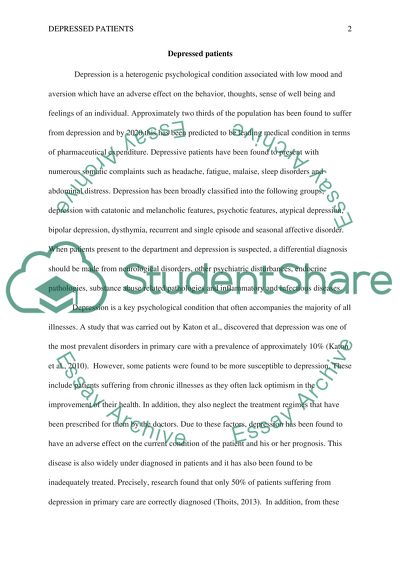Cite this document
(“Nurses work with depressed patients almost daily Research Paper”, n.d.)
Nurses work with depressed patients almost daily Research Paper. Retrieved from https://studentshare.org/nursing/1491898-nurses-work-with-depressed-patients-almost-daily
Nurses work with depressed patients almost daily Research Paper. Retrieved from https://studentshare.org/nursing/1491898-nurses-work-with-depressed-patients-almost-daily
(Nurses Work With Depressed Patients Almost Daily Research Paper)
Nurses Work With Depressed Patients Almost Daily Research Paper. https://studentshare.org/nursing/1491898-nurses-work-with-depressed-patients-almost-daily.
Nurses Work With Depressed Patients Almost Daily Research Paper. https://studentshare.org/nursing/1491898-nurses-work-with-depressed-patients-almost-daily.
“Nurses Work With Depressed Patients Almost Daily Research Paper”, n.d. https://studentshare.org/nursing/1491898-nurses-work-with-depressed-patients-almost-daily.


